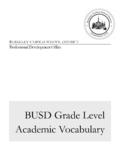Transcription of Understanding the Effective Receptive Field in Deep ...
1 Understanding the Effective Receptive Field inDeep Convolutional Neural NetworksWenjie Luo Yujia Li Raquel UrtasunRichard ZemelDepartment of Computer ScienceUniversity of Toronto{wenjie, yujiali, urtasun, study characteristics of Receptive fields of units in deep convolutional Receptive Field size is a crucial issue in many visual tasks, as the output mustrespond to large enough areas in the image to capture information about largeobjects. We introduce the notion of an Effective Receptive Field , and show that itboth has a Gaussian distribution and only occupies a fraction of the full theoreticalreceptive Field . We analyze the Effective Receptive Field in several architecturedesigns, and the effect of nonlinear activations, dropout, sub-sampling and skipconnections on it.}
2 This leads to suggestions for ways to address its tendency to betoo IntroductionDeep convolutional neural networks (CNNs) have achieved great success in a wide range of problemsin the last few years. In this paper we focus on their application to computer vision: where they arethe driving force behind the significant improvement of the state-of-the-art for many tasks recently,including image recognition [10,8], object detection [17,2], semantic segmentation [12,1], imagecaptioning [20], and many of the basic concepts in deep CNNs is thereceptive Field , orfield of view, of a unit in a certainlayer in the network. Unlike in fully connected networks, where the value of each unit depends on theentire input to the network, a unit in convolutional networks only depends on a region of the region in the input is the Receptive Field for that concept of Receptive Field is important for Understanding and diagnosing how deep CNNs anywhere in an input image outside the Receptive Field of a unit does not affect the value of thatunit, it is necessary to carefully control the Receptive Field , to ensure that it covers the entire relevantimage region.
3 In many tasks, especially dense prediction tasks like semantic image segmentation,stereo and optical flow estimation, where we make a prediction for each single pixel in the input image,it is critical for each output pixel to have a big Receptive Field , such that no important information isleft out when making the Receptive Field size of a unit can be increased in a number of ways. One option is to stack morelayers to make the network deeper, which increases the Receptive Field size linearly by theory, aseach extra layer increases the Receptive Field size by the kernel size. Sub-sampling on the other handincreases the Receptive Field size multiplicatively.
4 Modern deep CNN architectures like the VGGnetworks [18] and Residual Networks [8, 6] use a combination of these this paper, we carefully study the Receptive Field of deep CNNs, focusing on problems in whichthere are many output unites. In particular, we discover that not all pixels in a Receptive Field contributeequally to an output unit s response. Intuitively it is easy to see that pixels at the center of a Receptive denotes equal contribution29th Conference on Neural Information Processing Systems (NIPS 2016), Barcelona, have a much larger impact on an output. In the forward pass, central pixels can propagateinformation to the output through many different paths, while the pixels in the outer area of thereceptive Field have very few paths to propagate its impact.
5 In the backward pass, gradients from anoutput unit are propagated across all the paths, and therefore the central pixels have a much largermagnitude for the gradient from that observation leads us to study further the distribution of impact within a Receptive Field on theoutput. Surprisingly, we can prove that in many cases the distribution of impact in a Receptive fielddistributes as a Gaussian. Note that in earlier work [20] this Gaussian assumption about a receptivefield is used without justification. This result further leads to some intriguing findings, in particularthat the Effective area in the Receptive Field , which we call theeffective Receptive Field , only occupies afraction of thetheoretical Receptive Field , since Gaussian distributions generally decay quickly fromthe theory we develop for Effective Receptive Field also correlates well with some empirical observa-tions.
6 One such empirical observation is that the currently commonly used random initializationslead some deep CNNs to start with a small Effective Receptive Field , which then grows during potentially indicates a bad initialization we present the theory in Section 2 and some empirical observations in Section 3, which aimat Understanding the Effective Receptive Field for deep CNNs. We discuss a few potential ways toincrease the Effective Receptive Field size in Section Properties of Effective Receptive FieldsWe want to mathematically characterize how much each input pixel in a Receptive Field can impactthe output of a unitnlayers up the network, and study how the impact distributes within the receptivefield of that output unit.
7 To simplify notation we consider only a single channel on each layer, butsimilar results can be easily derived for convolutional layers with more input and output the pixels on each layer are indexed by(i,j), with their center at(0,0). Denote the(i,j)thpixel on thepth layer asxpi,j, withx0i,jas the input to the network, andyi,j=xni,jas the outputon thenth layer. We want to measure how much eachx0i,jcontributes toy0,0. We define theeffective Receptive Field (ERF) of this central output unit as region containing any input pixel with anon-negligible impact on that measure of impact we use in this paper is the partial derivative y0,0/ x0i,j.
8 It measures howmuchy0,0changes asx0i,jchanges by a small amount; it is therefore a natural measure of theimportance ofx0i,jwith respect toy0,0. However, this measure depends not only on the weights ofthe network, but are in most cases also input-dependent, so most of our results will be presented interms of expectations over input partial derivative y0,0/ x0i,jcan be computed with back-propagation. In the standard setting,back-propagation propagates the error gradient with respect to a certain loss function. Assuming wehave an arbitrary lossl, by the chain rule we have l x0i,j= i ,j l yi ,j yi ,j x0i, to get the quantity y0,0/ x0i,j, we can set the error gradient l/ y0,0= 1and l/ yi,j= 0for alli6= 0andj6= 0, then propagate this gradient from there back down the network.
9 The resulting l/ x0i,jequals the desired y0,0/ x0i,j. Here we use the back-propagation process without anexplicit loss function, and the process can be easily implemented with standard neural network the following we first consider linear networks, where this derivative does not depend on the inputand is purely a function of the network weights and(i,j), which clearly shows how the impact of thepixels in the Receptive Field distributes. Then we move forward to consider more modern architecturedesigns and discuss the effect of nonlinear activations, dropout, sub-sampling, dilation convolutionand skip connections on the The simplest case: a stack of convolutional layers of weights all equal to oneConsider the case ofnconvolutional layers usingk kkernels with stride one, one single channelon each layer and no nonlinearity, stacked into a deep linear CNN.
10 In this analysis we ignore thebiases on all layers. We begin by analyzing convolution kernels with weights all equal to (i,j,p) = l/ xpi,jas the gradient on thepth layer, and letg(i,j,n) = l/ yi,j. Theng(,,0)is the desired gradient image of the input. The back-propagation process effectively convolvesg(,,p)with thek kkernel to getg(,,p 1)for this special case, the kernel is ak kmatrix of 1 s, so the 2D convolution can be decomposedinto the product of two 1D convolutions. We therefore focus exclusively on the 1D case. We have theinitial gradient signalu(t)and kernelv(t)formally defined asu(t) = (t), v(t) =k 1 m=0 (t m),where (t) ={1, t= 00, t6= 0,(1)andt= 0,1, 1,2, 2.}
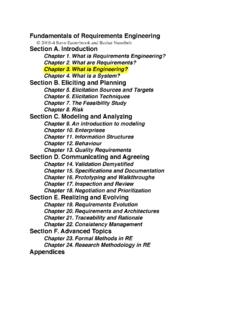
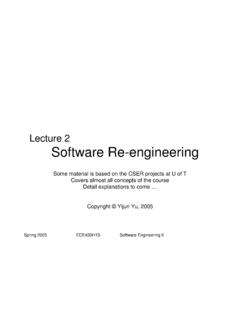
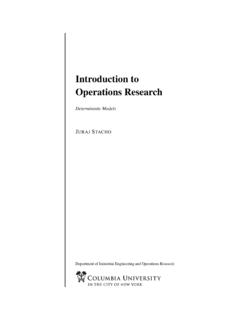
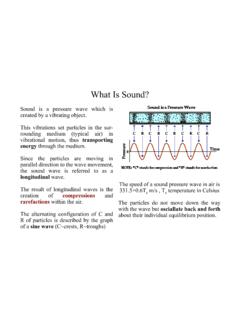


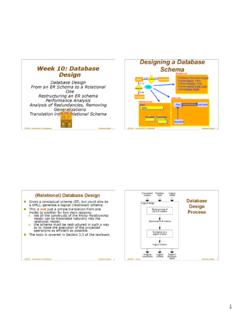
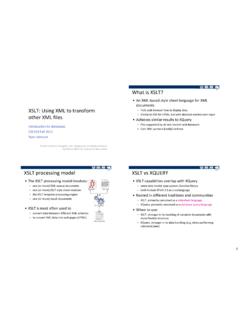
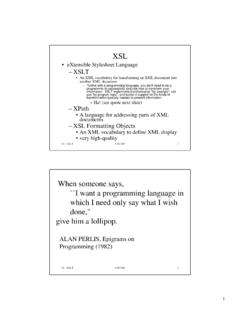
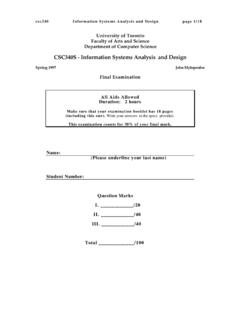
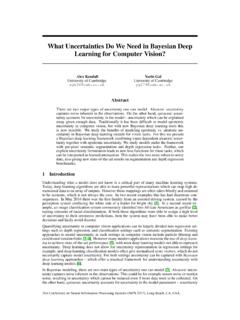
![arXiv:1702.08502v3 [cs.CV] 1 Jun 2018](/cache/preview/a/2/4/a/4/4/0/7/thumb-a24a44078e5c6dfc76865297435b0a13.jpg)

![of Visual Features arXiv:1807.05520v2 [cs.CV] 18 Mar 2019](/cache/preview/3/8/4/c/c/e/1/b/thumb-384cce1b0b5bdc26caf0cffad152e070.jpg)
